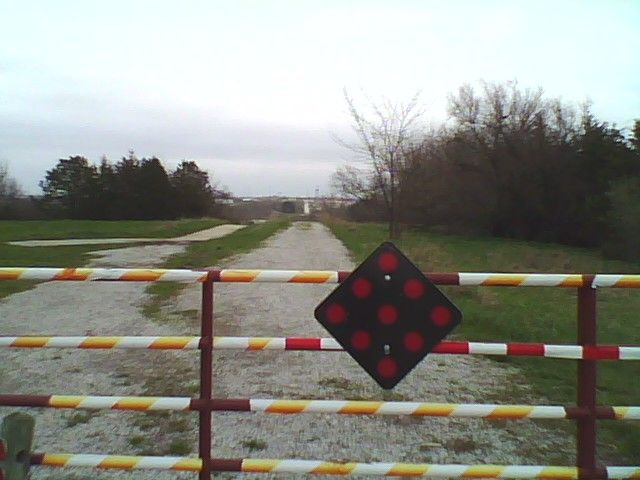I was one of those exceptionally lucky children who didn't have to choose between Sega and Nintendo--I had both, not to mention a much-loved Turbografx-16. So, I was never a big believer in the whole "console wars" thing. However, I do remember enjoying Sega's rather infamous "Genesis Does" advertisements that showed up in gaming magazines from around 1989-1991 or so. The cheap shots at Nintendo had zero impact, but I still loved these advertisements, because they did such an excellent job of outlining all of the reasons why the games being showcased were interesting, fun, and yes, cool.
Ah, Phantasy Star II...! I wrote about my love for it on this blog once before. I know that a lot of modern gamers find it stiff and unforgiving, and it is, but it has to be appreciated in the context of the times. When this game debuted, gamers were living in a world of crude graphics, nonexistent characters, and barebones storytelling. Compare Phantasy Star II to the original NES release of Dragon Warrior (i.e. Dragon Quest) and you'll get the picture. These games were on sale in the same year. Phantasy Star II represented a quantum leap forward in gaming technology. So on that score at least, the ad is completely truthful. And they just did such a great job of making even the most mundane gameplay elements sound fresh and exciting!
Fatal Labyrinth wasn't really my thing, but what I remembered most about this ad was the preview for Phantasy Star III. The single, simple screen shot provided here has no context and says nothing about the gameplay or story, but I was SO EXCITED! I must have stared at that picture for months. I remember getting the game just after my birthday after all that anticipation. My extremely patient mother let me play all night, even though we only had one TV and I'm sure she had shows that she'd like to have watched. It still makes me smile just thinking about it.
It's said that a lot of people found Sword of Vermilion disappointing, but I really enjoyed it. The amount of detail that went into this preview was incredible, and once again, it did a fine job of presenting the game as something new and interesting. It was ages before I had a copy of my own, but I remember renting it many, many times and enjoying every minute of it.
These scans were found online, but what made me think of them was some recent spring cleaning I did. I found a box of old Gamepro and Electronic Gaming Monthly issues that I had saved from the 1988-1994 era. I threw most of my game magazines out years ago, but I made a point of it to save issues that had previews, articles, or walkthroughs of my most favorite games. And, to my delight, each of the ads shown above were to be found in those issues. We may need to revisit them in a future posting. For now, thank you for indulging me in this little trip down memory lane! I hope you enjoyed it!
Ever Yours,
Fauntleroy















